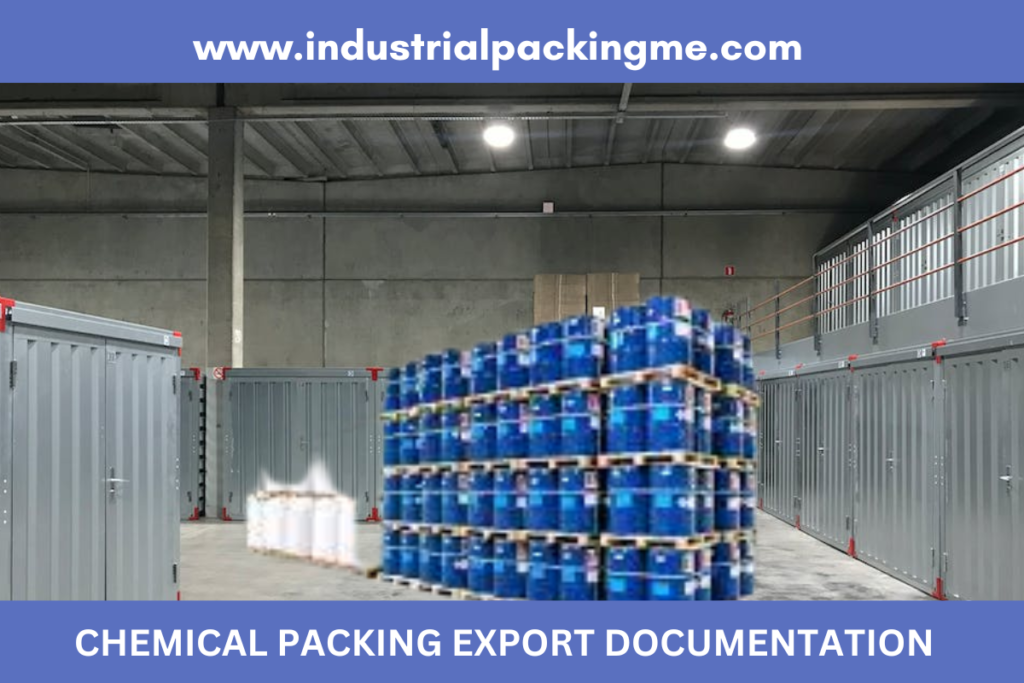BEST DANGEROUS GOODS PACKING IN DUBAI

Dangerous goods packing in Dubai is an important process that involves the safe and secure transportation of hazardous materials. These materials can pose a risk to people, property, and the environment if not handled correctly, so it’s essential to follow proper packing and handling procedures to ensure safety.
There are many different types of dangerous goods, including explosives, flammable liquids and gases, corrosives, and toxic substances. Each of these materials requires special care when packing, as they may have unique characteristics that require specific handling and packaging methods.
- One of the first steps in packing dangerous goods is to identify the material and determine its classification. This information can be found on the product’s label or in the material safety data sheet (MSDS). Once the material has been classified, you can then determine the appropriate packaging method and materials to use.
We have a team of experts with more than 30 years of experience in Dangerous Goods Packing in Dubai. Our team of experts is trained as per the guidelines of IATA
For example, flammable liquids may need to be packed in special containers that are resistant to ignition, such as metal or plastic drums with tight-fitting lids. Corrosive materials may need to be packed in containers with strong, acid-resistant lining, such as plastic or glass bottles. And toxic materials may need to be packed in containers that are leak-proof and resistant to breakings, such as metal cans or drums.
In addition to the packaging materials, it’s also important to consider the size and weight of the package. Dangerous goods must be packaged in a way that ensures stability and prevents damage during transportation. This may involve using additional packaging materials, such as cushioning or dunnage, to protect the contents of the package.
It’s also important to follow proper labeling and marking procedures when packing dangerous goods. This includes using appropriate warning labels and placards, as well as marking the package with the name and class of the material. This helps to ensure that the package is handled correctly and that emergency responders are aware of its contents in the event of an accident.
Overall, proper dangerous goods packing is essential for the safe transportation of hazardous materials. By following the appropriate guidelines and procedures, you can help to ensure the safety of people, property, and the environment.
The International Air Transport Association (IATA) has developed guidelines for the safe transportation of dangerous goods by air. According to these guidelines, there are nine classes of dangerous goods:
Class 1: Explosives
Class 2: Gases
Class 3: Flammable liquids
Class 4: Flammable solids
Class 5: Oxidizing substances and organic peroxides
Class 6: Toxic and infectious substances
Class 7: Radioactive materials
Class 8: Corrosive substances
Class 9: Miscellaneous dangerous goods
Each class of dangerous goods is further divided into categories and divisions based on the specific properties of the material. For example, Class 1 explosives are divided into six divisions based on the type of explosion they can cause, while Class 2 gases are divided into three categories based on their flammability and toxicity.
As pioneers in Dangerous Goods packing in Dubai, we are also experienced in providing DG export documentation and logistics services all over the world.
It’s important to properly identify the class and category of a dangerous good in order to determine the appropriate packaging and handling procedures. This information can be found on the product’s label or in the material safety data sheet (MSDS).
In addition to these nine classes, the IATA guidelines also include a list of special provisions that may apply to certain dangerous goods. These provisions outline specific requirements or restrictions that must be followed when transporting these materials by air.
It’s important to note that these guidelines are specific to the transportation of dangerous goods by air and may not apply to other modes of transportation. Other organizations, such as the International Maritime Dangerous Goods (IMDG) code, have developed their own guidelines for the transportation of dangerous goods by sea.
CONTACT TO GET A QUOTE | PRAVEEN | +971 52 842 9619